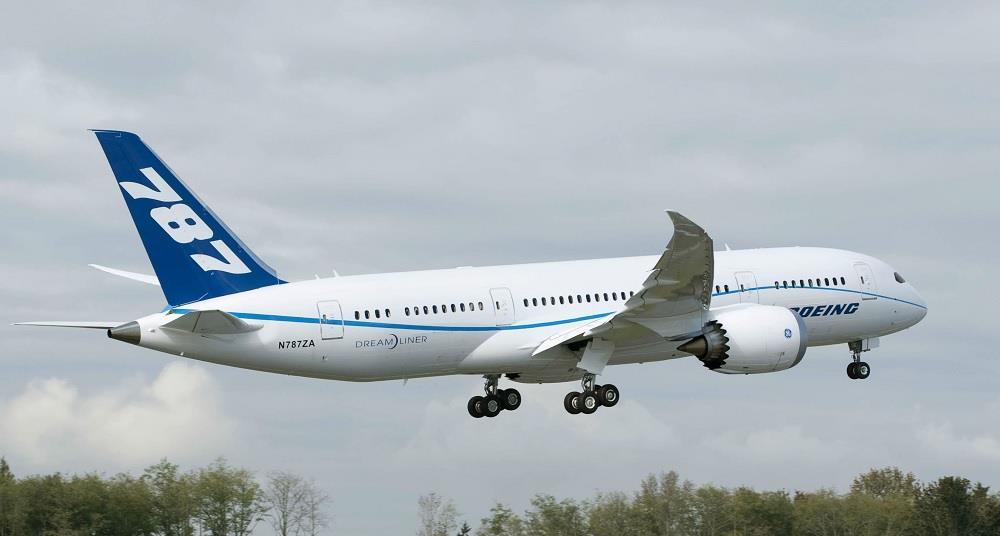There have been, some of them cited in places above.
To be more precise, they DO interfere so the question is rather how much do they interfere and to what extent do they impair the function of the equipment that’s already out there. And testing this is really difficult and expensive and so far the conclusions aren’t all that conclusive. The ultimate test is in live situations across a broad range of conditions, aircraft, and airports.
To an extent, we’ve done this but it’s not currently practical to test to a high level of confidence conditions are safe. Rather, we’re trying to get to the point of testing to the point where we’re pretty sure things aren’t too unsafe.
Likewise, your cell phone DOES interfere with equipment during flight, even in airplane mode, but it’s at a low enough level that the safety/convenience trade-off is considered ok
I know people have been skeptical about cell phone interference, but it’s real. The counter-arguments all seem to be a strange inverse of the Gambler’s Fallacy. “It hasn’t been confirmed to happen yet, so it’s not going to happen ever.”
As long as electronics are involved, EM interference is going to be a factor. We just need to figure out where we want to set the risk/benefit point.
There’s a massive asymmetry in risks involved, which is not entirely dissimilar to the social dynamics of the pandemic.
Play it too safe and people complain because a relative luxury/convenience is not available (5G availability isn’t really THAT important). Play it too loose and people can be injured or killed.
Are the risks being overblown a bit too much? Possibly or even probably but it also seems like cell companies just kind of went forward full speed without regard to potential objections until somebody hyped the risks sufficiently to get somebody to pay attention.
People and companies are weird like that. You’d think there’d be a lot of close collaboration and communication through the whole process between all the players, but many of us know that’s not how our own companies would operate, much less all these airports, airlines, and phone companies.
